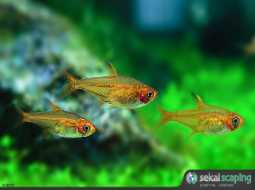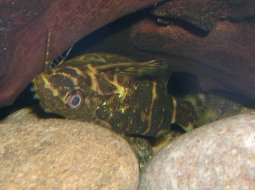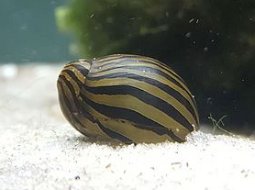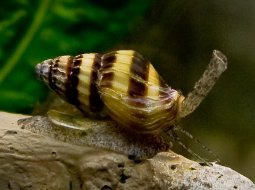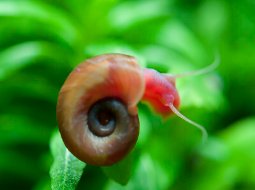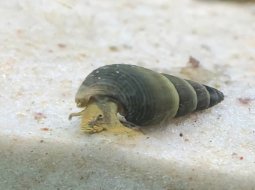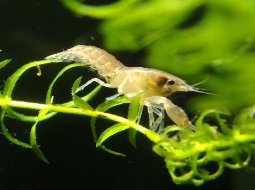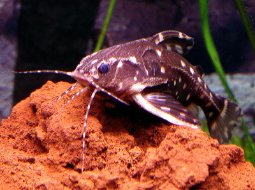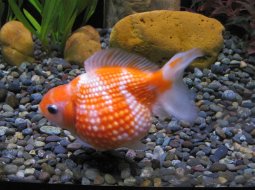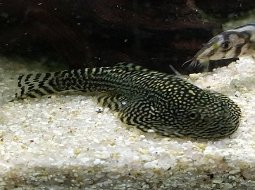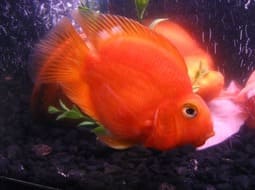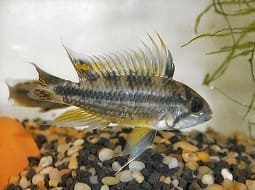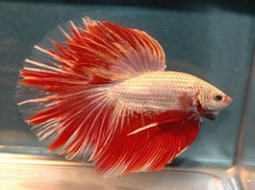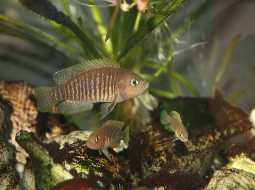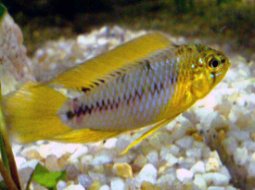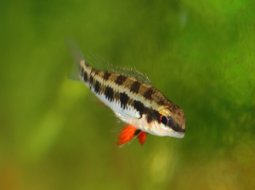
Loading Aqualapp ...
Care and Compatibility of Boeseman's Rainbowfish - Melanotaenia Boesemani
Introduction
The Boeseman's Rainbowfish has an elongated and slender body, with a high dorsal fin and long, pointed caudal fins. Their coloration is spectacular, with a metallic blue base color and vertical red, yellow, and orange stripes on the sides. Males are more colorful than females and can display interesting courtship behaviors.
Behavior
The Boeseman's Rainbowfish, also known as Melanotaenia Boesemani, is a colorful and vibrant species native to freshwater habitats in Indonesia. These fish are known for their bright colors and peaceful behavior. They are ideal for community aquariums and get along well with other similarly sized species.
Sexual Dimorphism
Sexual dimorphism in Melanotaenia boesemani is minimal and difficult to distinguish. Both males and females have a similar appearance, though males may display slightly more intense colors.
Reproduction
Breeding Boeseman's Rainbowfish can be challenging in an aquarium setting. They are a free-spawning species, meaning the female will release the eggs into the water and the male will fertilize them. The eggs should be removed from the main aquarium and raised in a separate tank to increase the survival chances of the fry.
Aquarium Conditions
Melanotaenia boesemani, commonly known as the Boeseman's rainbowfish, requires a spacious aquarium with abundant vegetation and open swimming areas. It prefers slightly acidic to neutral water and a warm temperature. Aquarium décor should include soft plants and hiding spots. Maintaining water quality is crucial and providing a balanced diet.
Feeding
They are omnivorous fish and feed on both plant-based and live or frozen foods. In the aquarium, they can be offered a varied diet that includes commercial foods in the form of flakes or pellets, as well as fresh vegetables and live foods such as mosquito larvae or daphnia.
Complexity
Caring for Melanotaenia boesemani can be moderately challenging. They are peaceful and active fish that adapt well to a variety of water conditions. They are omnivores and accept a variety of foods, but prefer live and frozen foods. Keeping them in large groups is recommended to promote their natural behavior.
In case you need more help, or if you want to know into any topic related to the Melanotaenia Boesemani (Boeseman's Rainbowfish) and even any other species you can use the forums to ask what you need.
To do an analysis more detailed about coexistence and behavior of Melanotaenia Boesemani (Boeseman's Rainbowfish) use the Aquarium simulation tool, if you do this you can test different ways to combine the Boeseman's Rainbowfish with other fishes giving the dimensions and space on you aquarium, on this way you can known the optimal configuration for keep the fishes that you want.
You can also find out the 115 species compatible with the Melanotaenia Boesemani (Boeseman's Rainbowfish) can live together.
Note: The parameters of the water such as PH and temperature are also used to calculate the compatibility of the species.
Compatible species (115)
Compatible (34 Species)
Compatible without any restriction
El pez gato cristal aunque es muy quieto, a la hora de comer es muy rápido al ir por su alimento
Similar Sizes (31 Species)
They can coexist if they are the same size or very similar sizes, it does not work in all cases, there may be exceptions.
With Reservation (2 Species)
Compatible in some cases, it depends on the nature and personality of the fish.
Considerable size difference (28 Species)
They can coexist while they are similar in size or the size difference is not very abysmal, since as the fish grows it increases the chances of eating its partner that did not grow much.
Food competition (14 Species)
They can live together but you have to be careful since it is likely that the fastest fish will take all the food and leave nothing for their partners who are slow swimmers, so you have to make sure that everyone can eat.
Compatible if space is enough (6 Species)
They can coexist together if the aquarium they share is large and spacious enough for both species to feel good, as some fish may attack others to feel that they have little space and try to eliminate the competition.
Boeseman's Rainbowfish
Melanotaenia Boesemani
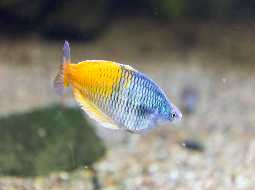
- Ph: 6.5 - 7.5
- Temperature (c°): 23 - 28
- Measures: 15 cm - 20cm
- Aquarium Capacity:
30 Liters - 8 Gallons - Alimentación: Omnivores
- Colores: Blue, Orange, Yellow
- Comportamiento: Active, Peaceful, Shoal
- Habitad: Asian
- Morfología: Bright colors
- Preferencias del Acuario: Natural plants
- Tamaño: Medium
- Taxonomía: Fish
- Tipo de Agua: Sweet water, Tropical waters
- Velocidad de nado o movimiento: Fast
- Zona de Nado: Swim in the middle of the aquarium

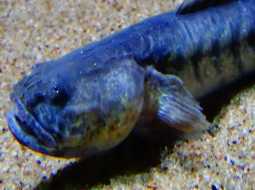
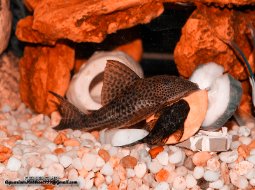
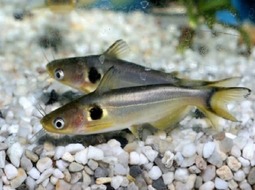
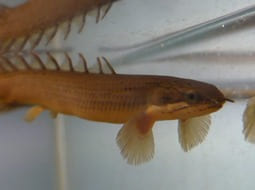
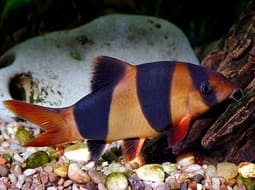
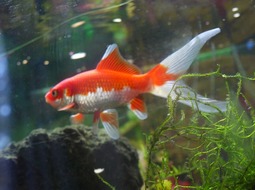
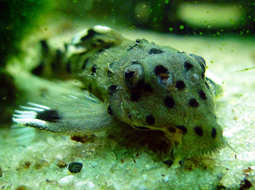
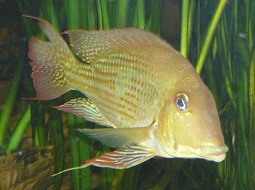
.jpg)
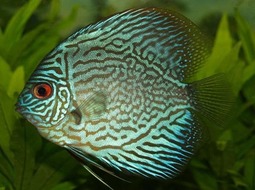
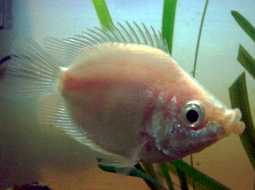
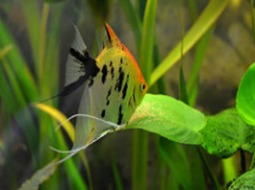
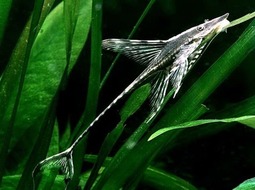
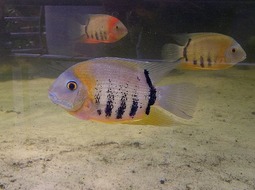
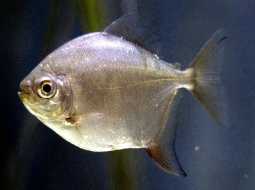
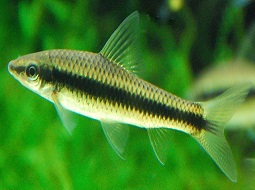
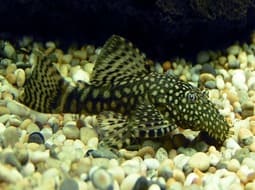
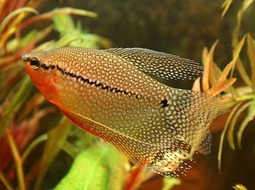
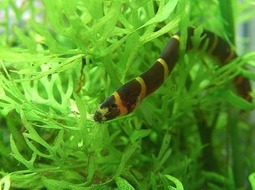
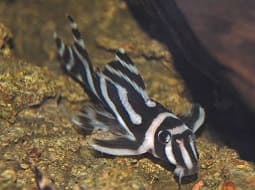
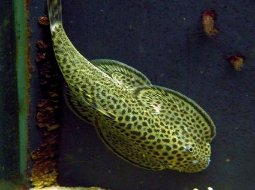
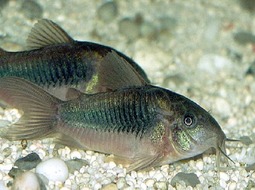
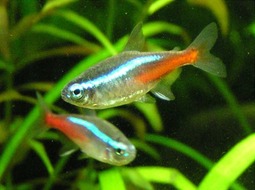
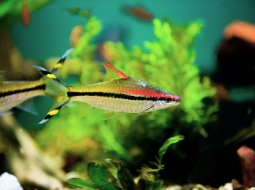
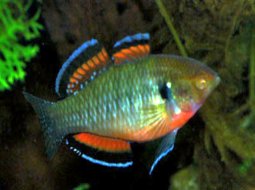
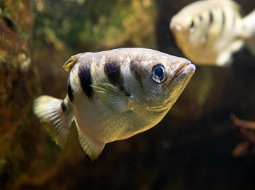
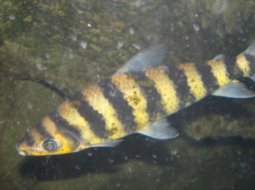
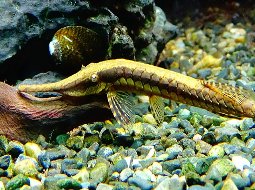
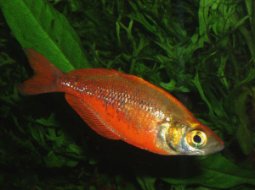
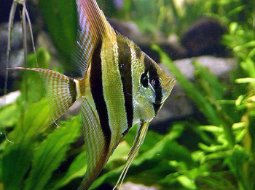
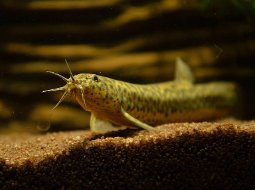
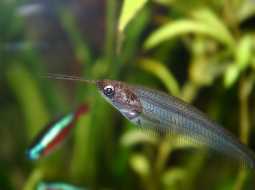
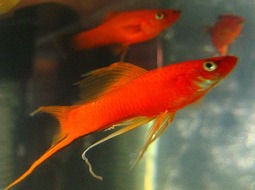
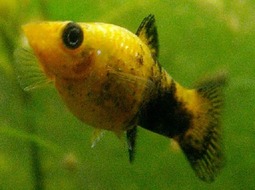
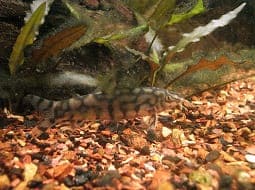
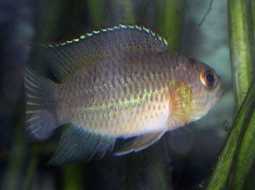
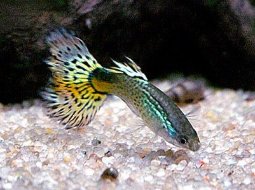
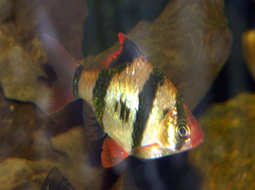
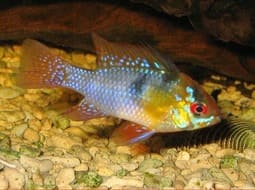
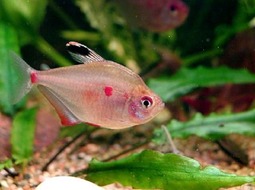
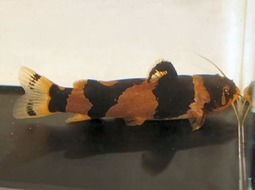
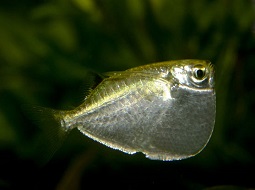
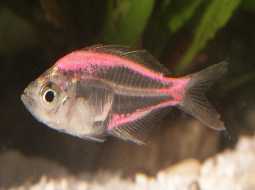
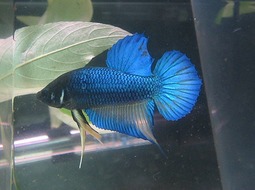
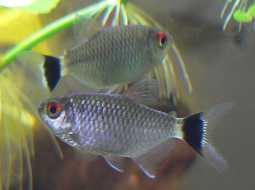
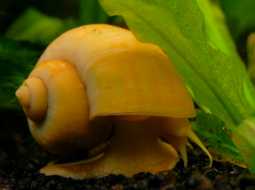
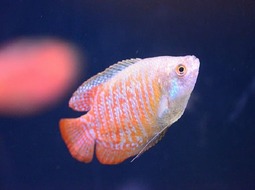
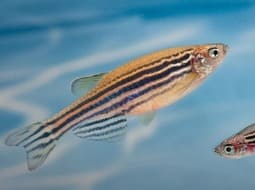
.jpg)
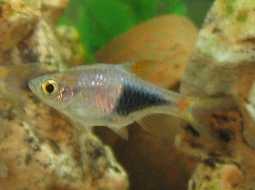
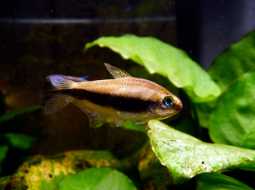

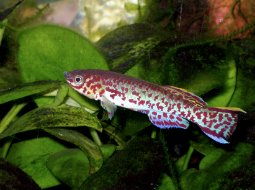
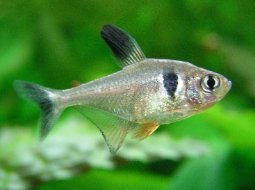
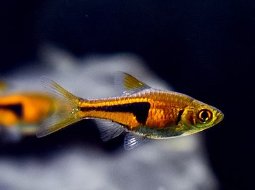
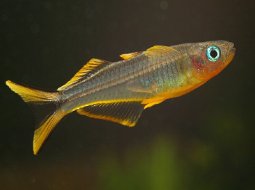
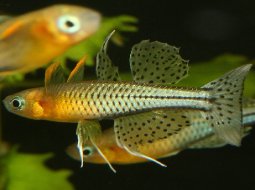
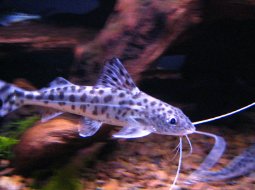
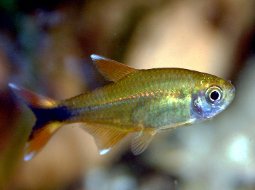
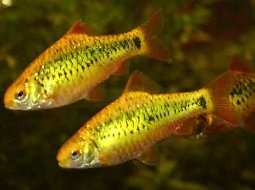
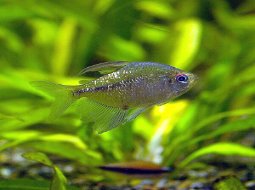
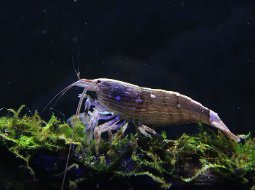
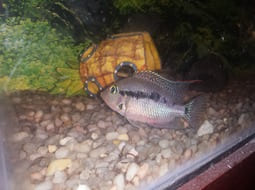
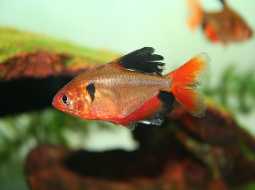
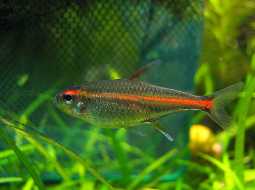
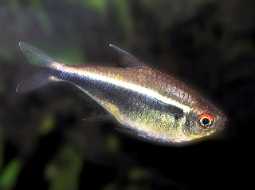
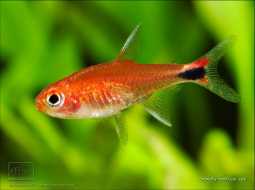
.jpg)
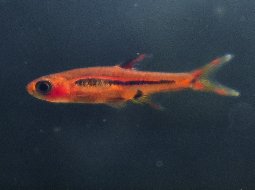
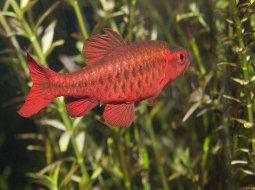
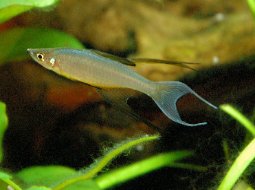
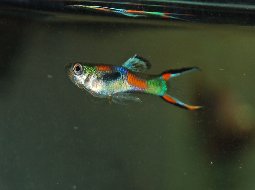
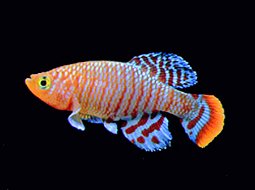
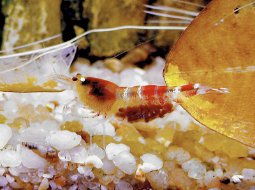
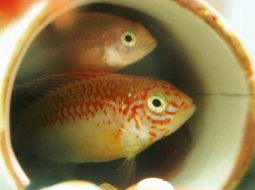
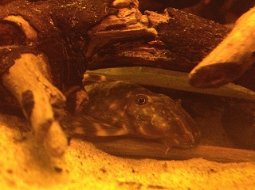
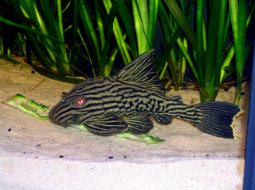
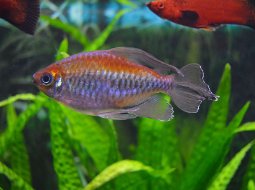
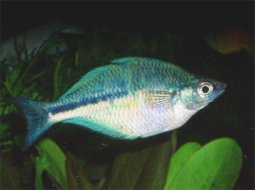
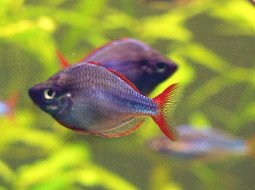
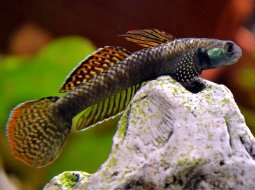
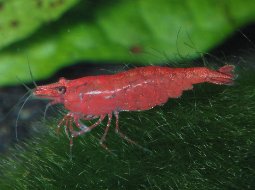
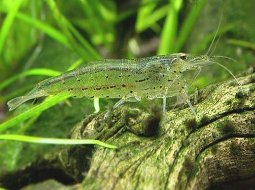
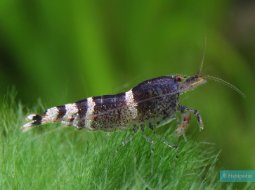
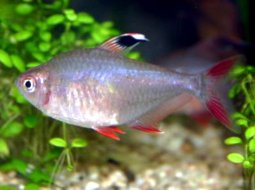
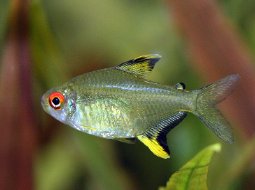
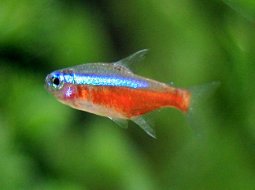
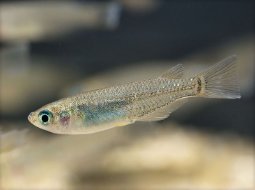
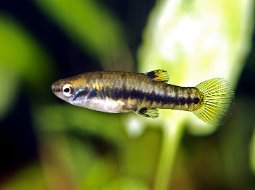
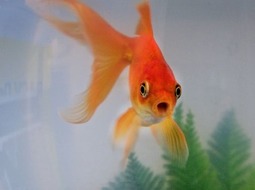
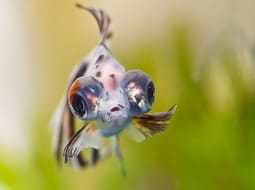
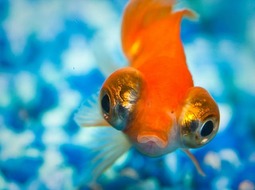
.jpg)
